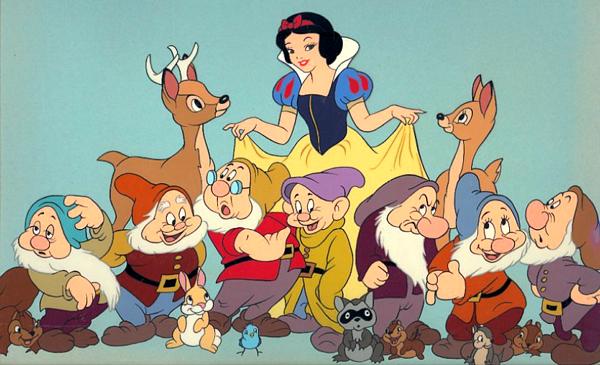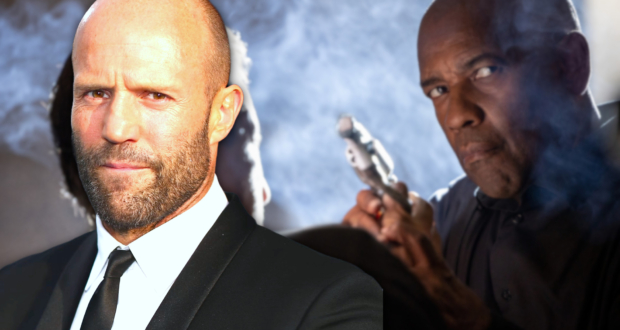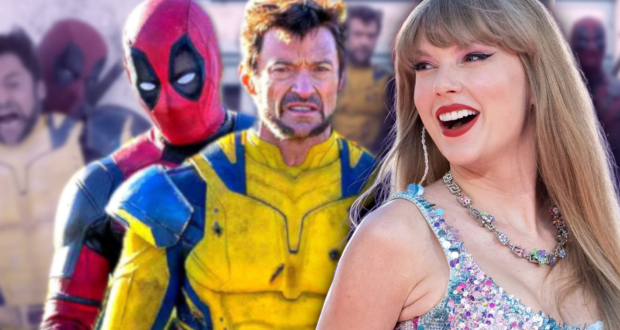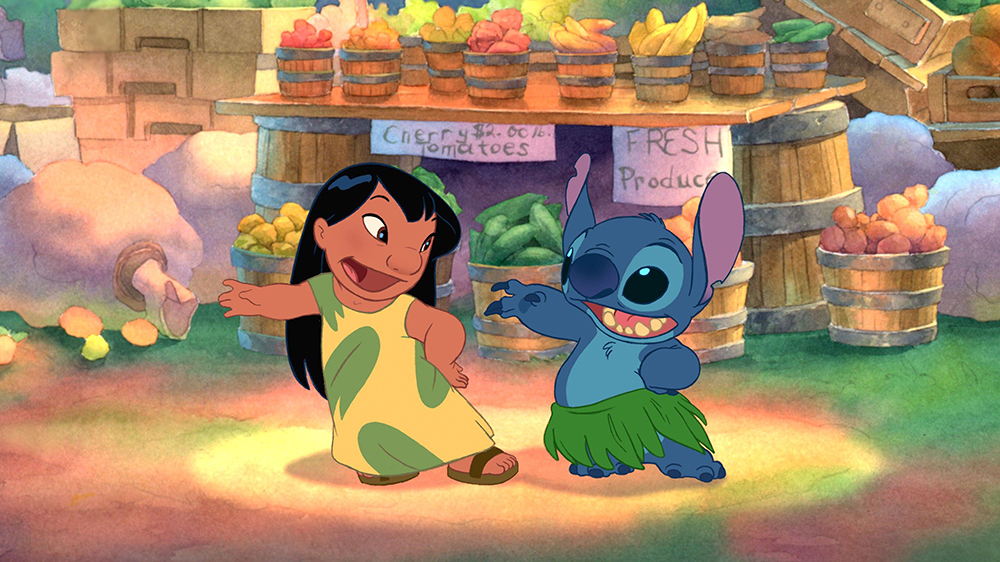Anime, or Japanese animation, began to develop in the early 20th century alongside animation from other nations. The oldest-ever anime, a two-minute film about a samurai warrior, appeared in Japanese theaters in 1917. By the 1930s, the animation industry in Japan was thriving, although animators were forced to cut costs by using less expensive cutout, rather than celluloid, animation.
Although Japanese animators produced some notable feature-length films in the 1940s, it wasn’t until the post-war period that anime really took off. It was in the late 1940s that one of Japan’s most prolific and most important animators first rose to prominence: Osamu Tezuka.
Over the course of his career, Tezuka would create more than 700 manga (comics) totaling more than 150,000 pages. He would earn the moniker “God of Manga.” And, incredibly, the work of Walt Disney would prove to be one of his strongest influences.
How Walt Disney Studios Inspired Early Anime Artists
Long before Osamu Tezuka came on the scene, Japanese animators were making short and even feature-length films. Some early notable anime films include “Momotaro,” made by Kitayama Seitaro in 1918, and “Chikara To Onna No Yononaka,” the first anime “talkie,” which appeared in 1932.
 But these were short films. The animation industry in Japan was developing slowly alongside its live-action counterpart, and most animators believed the medium wasn’t suited for feature-length films. It was the overwhelming commercial success of Walt Disney’s 1937 film “Snow White and the Seven Dwarfs” that blew these assumptions out of the water and inspired Japanese animators to begin making longer films.
But these were short films. The animation industry in Japan was developing slowly alongside its live-action counterpart, and most animators believed the medium wasn’t suited for feature-length films. It was the overwhelming commercial success of Walt Disney’s 1937 film “Snow White and the Seven Dwarfs” that blew these assumptions out of the water and inspired Japanese animators to begin making longer films.
The WWII era in Japan saw the government use anime as a propaganda machine. The first feature-length anime film, “Momotaro’s Divine Sea Warriors,” was one such propaganda piece. It was released in 1945.
Walt Disney’s Influence on Osamu Tezuka
As a child growing up in the 1930s and 1940s, Osamu Tezuka adored Walt Disney. He is said to have watched the 1942 Disney film “Bambi” more than 80 times. He also enjoyed “Dumbo” and the post-WWII “Uncle Scrooge” comics drawn by Disney animator, Carl Bark.
Under the influence of the animated, full-length Disney feature films of his youth, Tezuka became the first anime artist to tell stories in a manner that was cinematic in scope. Where other artists had been simplistic and guileless in their storytelling, Tezuka was intensely active and highly emotional in his. Tezuka wasn’t afraid to use several pages to explore a scene in detail.
![Osamu_Tezuka[1]](http://themovieblog.com/wp-content/uploads/2013/08/Osamu_Tezuka1.jpg) Anyone who compared the work of anime artist Osamu Tezuka and the work that came out of Walt Disney studios in the 1930s and 1940s could see the obvious similarities between Disney’s characters and Tezuka’s. Of course, Tezuka created all of his own characters and story lines, but he borrowed the bold lines, round heads and large, expressive eyes of Disney characters, making his own characters at once impossibly cute and extremely expressive.
Anyone who compared the work of anime artist Osamu Tezuka and the work that came out of Walt Disney studios in the 1930s and 1940s could see the obvious similarities between Disney’s characters and Tezuka’s. Of course, Tezuka created all of his own characters and story lines, but he borrowed the bold lines, round heads and large, expressive eyes of Disney characters, making his own characters at once impossibly cute and extremely expressive.
Borrowing Disney’s simplified animation style served two purposes for Tezuka: It helped him cut animation costs, which was crucial in an industry that was already struggling, and it also ensured that his mangas and anime films sacrificed none of their emotional intensity. The large eyes, though cartoonish, allowed Tezuka’s characters to express any emotion called for by the scene.
Disney’s Continuing Influence on Anime
 The generations of Japanese animators who followed Tezuka borrowed his animation techniques and also gave their characters big heads and oversized eyes. Over time, this technique became characteristic of the “manga-style” so recognizable to anyone who likes to watch anime. It’s the reason that even relatively violent anime films like “Princess Mononoke” feature cute-looking characters with big, adorable eyes.
The generations of Japanese animators who followed Tezuka borrowed his animation techniques and also gave their characters big heads and oversized eyes. Over time, this technique became characteristic of the “manga-style” so recognizable to anyone who likes to watch anime. It’s the reason that even relatively violent anime films like “Princess Mononoke” feature cute-looking characters with big, adorable eyes.
Did Anime Influence Disney?
In the early 1950s, Osamu Tezuka wrote a manga series called “Jungle Emperor,” commonly translated to “Kimba the White Lion” in English. He made it into an animated television program in the 1960s.
When Disney released “The Lion King,” in 1994, fans of Tezuka’s work pointed out a number of similarities between the “The Lion King” and “Kimba the White Lion.” These similarities include the protagonist and several other characters, as well as some remarkably parallel scenes.
Although anime films began in Japan in the early 20th century and developed at a lackluster pace throughout the 1930s and `40s, they didn’t really begin to take off until the post-war period. A single animator, Osamu Tezuka, is credited with founding the anime genre. Profoundly influenced by the works of Disney animators, Tezuka also established large heads and eyes as trademark features of anime characters.



















